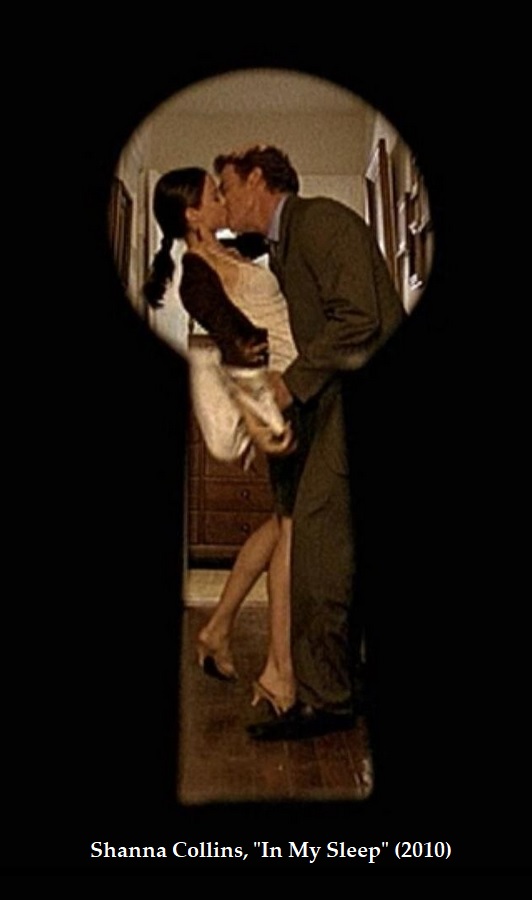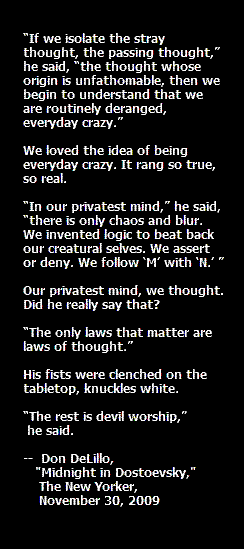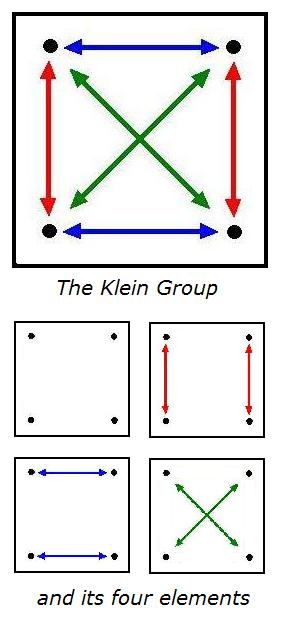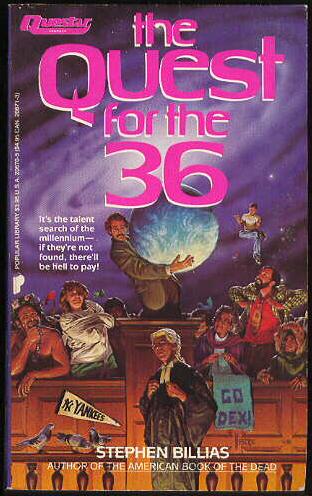The Interpreter’s House
John Bunyan, The Pilgrim’s Progress, The Second Part, “The Interpreter’s House“–
“When the Interpreter had shown them this, He has them into the very best room in the house; a very brave room it was. So He bid them look round about, and see if they could find anything profitable there. Then they looked round and round; for there was nothing there to be seen but a very great spider on the wall: and that they overlooked.
MERCY. Then said Mercy, Sir, I see nothing; but Christiana held her peace.
INTER. But, said the Interpreter, look again, and she therefore looked again, and said, Here is not anything but an ugly spider, who hangs by her hands upon the wall. Then said He, Is there but one spider in all this spacious room? Then the water stood in Christiana’s eyes, for she was a woman quick of apprehension; and she said, Yea, Lord, there is here more than one. Yea, and spiders whose venom is far more destructive than that which is in her. The Interpreter then looked pleasantly upon her, and said, Thou hast said the truth. This made Mercy blush, and the boys to cover their faces, for they all began now to understand the riddle.
Then said the Interpreter again, “The spider taketh hold with their hands (as you see), and is in kings’ palaces’ (Prov. 30:28). And wherefore is this recorded, but to show you, that how full of the venom of sin soever you be, yet you may, by the hand of faith, lay hold of, and dwell in the best room that belongs to the King’s house above!
CHRIST. I thought, said Christiana, of something of this; but I could not imagine it all. I thought that we were like spiders, and that we looked like ugly creatures, in what fine room soever we were; but that by this spider, this venomous and ill-favoured creature, we were to learn how to act faith, that came not into my mind. And yet she has taken hold with her hands, as I see, and dwells in the best room in the house. God has made nothing in vain.”
Related material:
The spider metaphor in
Under the Volcano
(April 10, 2004) and
an AP obituary
from yesterday.




























 .
.
 .
.
 .
.
























































